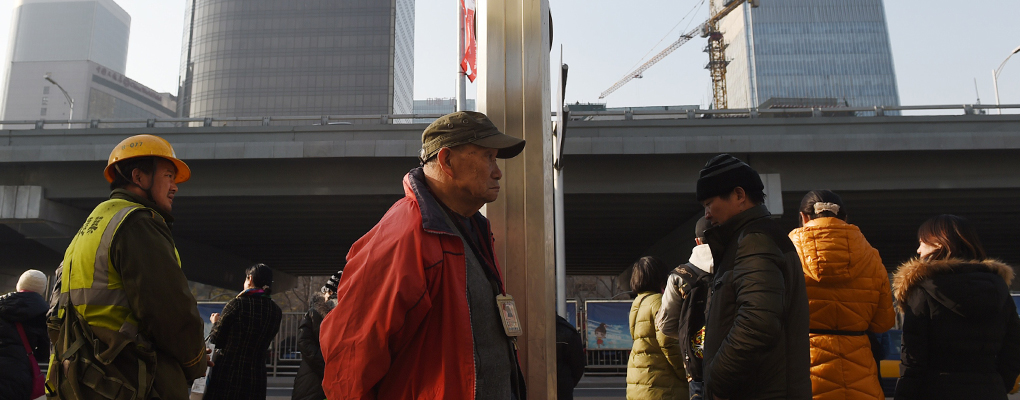
New government figures show that Chinese inflation dipped to a five-year low in November, and a look at the country’s performance indicators suggests that growth in the world’s most populous nation is slowing. At only 1.4 percent, the November inflation rate is 0.2 percent shy of October’s, and represents the lowest monthly decline since the same month in 2009.
The figures have inflamed fears that the country could be heading for a deflationary trap
The figures have inflamed fears that the country could be heading for a deflationary trap, and further easing measures look a likely prospect if the rate continues to plummet in the months ahead. Towards the latter part of November the central People’s Bank of China cut benchmark interest rates for the first time in over two years, which goes to show that fears of deflation are rife even among the country’s leading policymakers. Analysts, on the whole, expect inflation to clock in at sub-two percent throughout 2015, which could merit further easing measures.
China’s close run-in with deflation echoes circumstances in both the EU and Japan, where policymakers are fighting the same problem in a bid to repay wayward debt obligations and set the countries on an upward trajectory. And although deflation in China is not as pressing an issue as it is in either the EU or Japan, the country is currently contending with a prolonged slowdown that threatens to hamper China’s former competitiveness.
The country’s disappointing performance was far from excluded to inflation, however, and China’s third quarter GDP growth, at 7.3 percent, was at its lowest since the beginning of 2009. To compound fears of a coming crisis, producer prices have now plummeted for 33 consecutive months, and this month’s 2.7 percent producer price index slide is the worst since last June. Already weak demand and falling commodity prices have heaped pressure on the slowing economy, though experts believe the issues will let up in the year ahead and do not pose a sustained threat.


